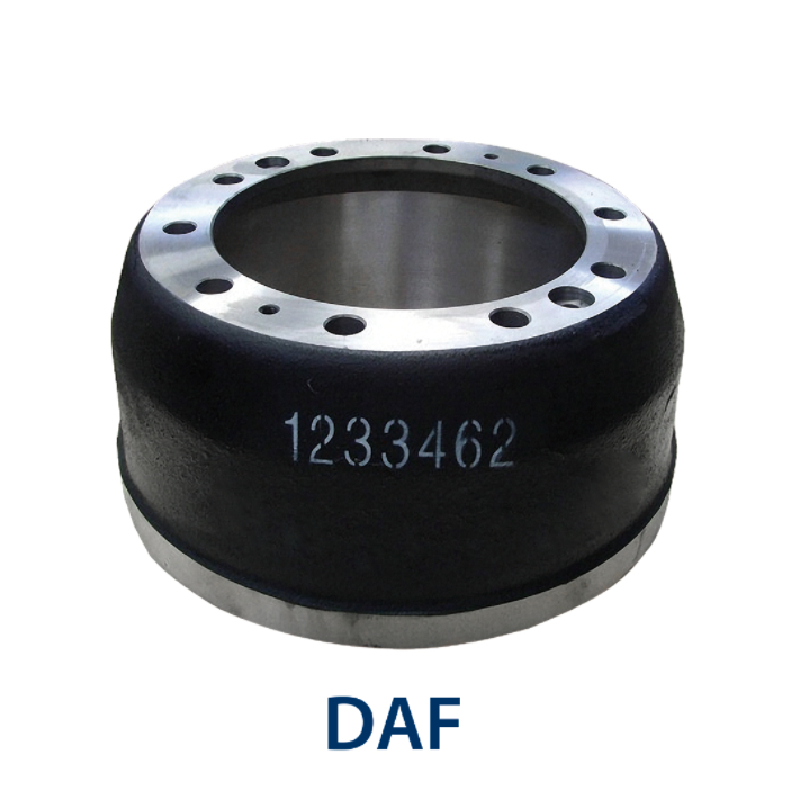Dec . 14, 2024 19:42 Back to list
Understanding the Function and Mechanism of Industrial Drum Brakes in Heavy Machinery
Industrial Drum Brakes A Comprehensive Overview
Drum brakes have long been a staple in various industrial applications due to their reliability, efficiency, and ease of use. These braking systems are particularly popular in heavy-duty machinery, such as forklifts, cranes, and other equipment that require strong, dependable stopping power. This article delves into the essential features, advantages, types, and maintenance of industrial drum brakes, providing a thorough understanding of this critical component in industrial settings.
Understanding Drum Brakes
At their core, drum brakes consist of a cylindrical drum that rotates with the wheel and brake shoes that press against the inner surface of the drum to create friction. When the brakes are applied, hydraulic or mechanical actuators push the brake shoes outward against the drum, generating the force required to slow down or stop the vehicle. The design of drum brakes allows them to distribute heat evenly and resist fading, making them particularly effective for heavy loads and repeated stopping.
Advantages of Industrial Drum Brakes
1. Robust Performance One of the key benefits of drum brakes is their ability to handle high forces and loads. They provide consistent stopping power even in the most demanding situations, making them ideal for industrial machinery that frequently operates under heavy loads.
2. Heat Dissipation Industrial drum brakes are designed to dissipate heat efficiently, preventing brake fade. This is crucial in applications where repeated stopping is required, as it ensures that the performance remains consistent throughout use.
3. Cost-Effectiveness Compared to other braking systems, such as disc brakes, drum brakes are often more economical to manufacture and maintain. Their simpler design means fewer components can lead to reduced costs associated with repairs and replacements.
4. Safety The design of industrial drum brakes inherently includes a self-energizing mechanism, which means the brake force increases as the drum rotates, providing an additional level of safety. This makes them a reliable choice for ensuring the security of heavy machinery.
Types of Industrial Drum Brakes
Various types of industrial drum brakes are available, each tailored for specific applications
1. Standard Drum Brakes These are the most common type, often used in general industrial applications. They are versatile and can be adapted for various machines and requirements.
industrial drum brakes

2. Low-Vertical Space Drum Brakes Designed for areas with limited vertical space, these brakes are compact and efficiently fit within tight configurations without compromising performance.
3. Self-Adjusting Drum Brakes This type incorporates a mechanism to maintain brake shoe clearance automatically, ensuring that the brake performance remains optimal over time without requiring frequent manual adjustments.
4. Spring-Activated Drum Brakes Ideal for emergency stopping situations, these brakes rely on powerful springs to engage the braking system quickly, providing immediate stopping power when needed.
Maintenance and Care
Proper maintenance is essential to ensure the longevity and reliability of industrial drum brakes. Here are some tips to keep in mind
1. Regular Inspections Conduct regular inspections to check for wear and tear on brake components, including the drum, shoe, and springs. Early detection of issues can prevent costly repairs down the line.
2. Proper Adjustment Ensuring that the brake shoes are correctly adjusted is crucial for optimal performance. This can prevent uneven wear and ensure peak braking efficiency.
3. Cleanliness Keep the brake components clean and free from debris, oil, or contaminants that can reduce friction and lead to inefficiency.
4. Replacement of Worn Parts Regularly replace brake shoes and drums as they wear down to maintain consistent performance and safety.
Conclusion
Industrial drum brakes play a pivotal role in the safe and efficient operation of heavy machinery across various industries. Their robust design, cost-effectiveness, and adaptability make them an excellent choice for a wide range of applications. By understanding their mechanics, advantages, types, and necessary maintenance practices, operators can ensure that they continue to perform optimally, contributing to the overall safety and productivity of industrial operations. As industries evolve, so too will the technology and design of braking systems, but the foundational role of drum brakes will remain integral to industrial performance.
-
Scania Brake Drums: OEM Quality for Optimal Safety & Durability
NewsAug.16,2025
-
R.V.I: Advanced Remote Visual Inspection for Precision
NewsAug.15,2025
-
Discover HYUNDA: Innovative Vehicles, Equipment & Solutions
NewsAug.14,2025
-
R.V.I: Unlock Advanced Insights & Real-time Performance
NewsAug.13,2025
-
Kamaz Brake Drum: Durable & Reliable for Heavy Duty Trucks
NewsAug.12,2025
-
Heavy Duty Iveco Brake Drum - Premium Quality & Safety
NewsAug.11,2025
